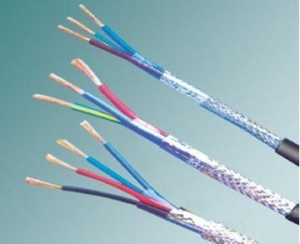
New energy cable What's the difference with ordinary wires and cables
New energy cables often hear people around call all power lines wires, among which power cable It has also been unified. In fact, strictly speaking, this is not correct. There are many differences between cables and wires in size, structure, use and characteristics, so they cannot be confused.
1. Material differentiation Wires are conductive metal wires that carry current. There are various forms such as solid, twisted or foil woven. According to the insulation condition, it can be divided into bare wires and insulated wires. The cable is an insulated conductor composed of one or more mutually insulated conductive wire cores placed in a sealing sheath. The protective cover can be added outside. The difference between wires and cables is that the size of wires is generally small and the structure is relatively simple, but sometimes cables are also included in the broad category of wires.
2. Difference in use: bare wires are not covered with any insulation or protective layer. In addition to being a conductor for transmitting electric energy and information, it can also be used to manufacture components and connecting wires of motors and electrical appliances. Generally, copper, aluminum, copper alloy and aluminum alloy are used. In addition, there are also various insulated wires suitable for special requirements, such as low-voltage wires for automobiles, high-voltage ignition wires for automobiles, lead wires for electric motors, aviation wires, compensation wires, etc. Cables are used to transmit, distribute power, or transmit electrical signals. Cables can be divided into power cables, communication cables and control cables according to their uses.
3. The difference between the new energy cable structure and the ordinary wire is that the cable size is large and the structure is complex. The cable mainly consists of the following four groups. Conductive wire core: made of high conductivity material. Insulation layer: the insulation material used for cables shall have high insulation resistance and high breakdown electric field strength. Cables are often classified by insulating materials. In addition to the above differences, cables also have obvious advantages. Compared with overhead lines, the cable has the advantages of small insulation distance between lines, small floor space, underground laying without occupying the space above the ground, not affected by the surrounding environment pollution, high power transmission reliability, and little interference to personal safety and the surrounding environment. Therefore, cables are mostly used in densely populated and grid dense areas and places with heavy traffic. It plays an important role in the modernization drive.


